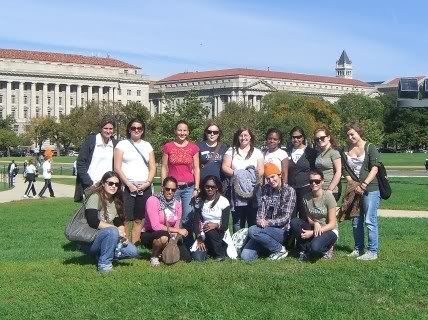 Every Halloween night, a chill fills the air as little ghouls and ghosts take to the streets for a night of Trick-or-Treating. Halloween is a time for frights and fun, but is also a time when parents and children should focus on safety.
Every Halloween night, a chill fills the air as little ghouls and ghosts take to the streets for a night of Trick-or-Treating. Halloween is a time for frights and fun, but is also a time when parents and children should focus on safety.
Tips for a safe Halloween
Remember to follow these safety tips to help ensure you and your “Trick-or-Treaters” have a safe and enjoyable experience this year:
- Wear bright clothing or reflective gear; Carry a flashlight if out after dark;
- Know the route that your children will be taking if you aren’t going with them;
- Younger children should go with adults: at least a 4:1 ratio is preferable;
- If possible, give your kids a cell phone and check in with them at specified intervals;
- Have an understood time for everyone to be home;
- Explain the difference between a “trick” and “vandalism.” This is also another good opportunity to discuss peer pressure. More often than not, kids participate in acts that they know are wrong because a “friend” led the way.

![change-300x225[1]](https://blogs.aupairinamerica.com/abc/wp-content/uploads/sites/10/2011/10/change-300x22513.jpg)





